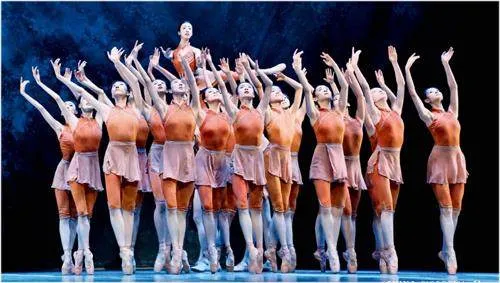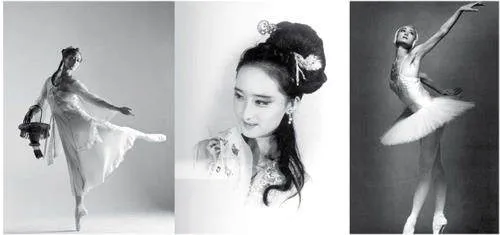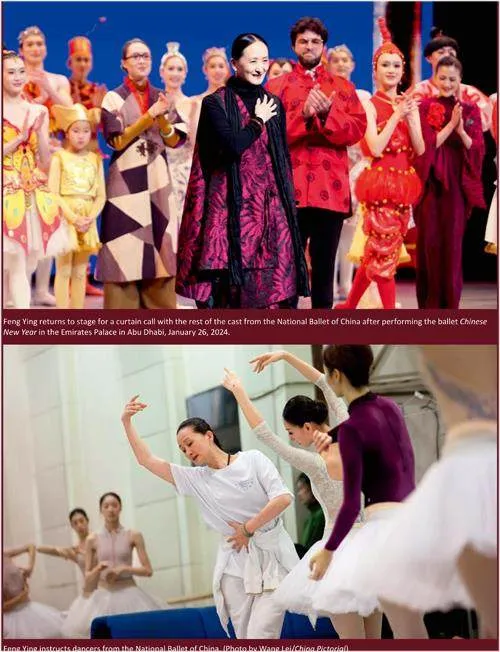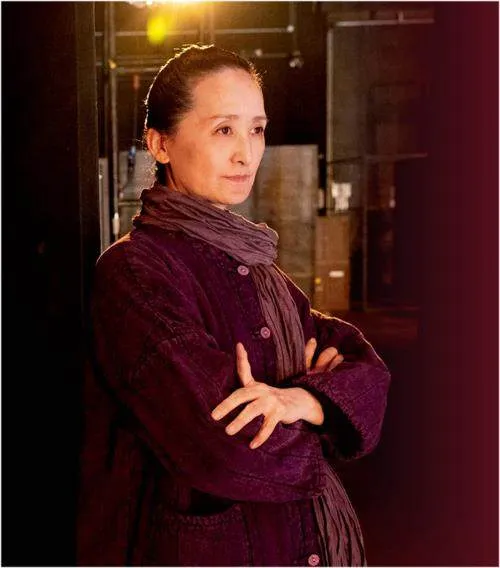Feng Ying Chinese Ballet for the World





As a headliningdancer for theNational Ballet ofChina throughoutthe 1980s and 1990s, FengYing is known for iconic rolessuch as the White Swan andthe Black Swan in Swan Lakeand the title role of Giselle .When she became director ofthe National Ballet of Chinain 2009, the troupe embarkedon a new development pathof innovative integration ofclassics and modernity as wellas of national and internationalstyles. Thanks to her efforts,Chinese ballet has graduallygone global.
Born in 1963, Feng wasadmitted to the Dance Schoolof the Central Wuqi Universityof Arts (the predecessor ofBeijing Dance Academy) whenshe was only 10 years old. Fromthere, she began professionalballet training. However, Fengwas born with an extra bonein each foot that affected herdancing, causing her to endureimmense pain when dancingen pointe, which is crucial forballet. Seeking to perfect herart, Feng underwent a surgeryto remove the extra bones.Subsequently, her dance skillsrapidly improved under theguidance of her teachers.
In 1980, Feng joined theNational Ballet of China. Herprofessional competence andexcellent stage presence sooncatapulted her into lead rolesin almost all of the troupe’sclassic repertoire includingdomestic favorites such as TheRed Detachment of Womenand Imperial Concubine Yangas well as globally celebratedshows such as Giselle ,Swan Lake YoeDmIgFF6tiP6EIYQ2Z+6gjNCzI5QlF79epfzl1Nqo=, and Romeo andJuliet . Her performanceswere powerful and graceful,passionate and delicate,and deeply appreciated byspectators.
In 1992, the NationalBallet of China rearrangedthe choreography for TheRed Detachment of Womendecades after its 1964 premiere.The production broke newground in the history ofChinese ballet by successfullyintegrating Eastern andWestern arts. Hailed as a“classic dance of the Chinesenation in the 20th century,” theballet has remained populararound the world. Set in the1930s, The Red Detachmentof Women tells the story ofhow Qiong Hua, a rural girlfrom Hainan Island, evolvesinto a brave and patrioticwarrior. Contrasting fromthe previous versions thatemphasize the character’sstubborn personality, the thirdgenerationQiong Hua playedby Feng Ying also radiatedloneliness and sadness, makingthe character more attractive.Critics proclaimed that Feng’sperformance not only respectedthe classic, but also injectednew vitality into the role.
In 1997, Feng beganteaching and choreographingballet. On February 26,2009, the day before her 46thbirthday, Feng was appointeddirector of the NationalBallet of China. The shiftto backstage led to manyendeavors and explorations ofways to utilize ballet, an artform originating in the West,to tell Chinese stories. Forinstance, in 2017, Dunhuang ,a ballet that drew inspirationfrom the millennia-old cultureof China’s Dunhuang grottoes,was premiered. In 2023, shebrought the classical Chineseliterary masterpiece A Dreamof Red Mansions to the balletstage.
In Feng’s opinion, Chineseballet is deeply rooted inthe 5,000-year-old Chinesecivilization. “Many haveendeavored to express theintegration of the splendidcivilization and humanisticsentiments of China withmodern language and Westerndance forms,” she said. “Thisintegration is not a simpleaddition but rather a blendingthat incorporates Chinesecultural elements and aestheticconcepts while maintainingthe essence of ballet art,allowing Chinese ballet toretain its international appealwhile also featuring a distinctChinese style.”
Feng thinks it difficultto explore the unique charmof Chinese ballet. Typically,ballet movements are requiredto be upward, straight, andextended, while Eastern cultureemphasizes control and reserve,focusing on the expressionof artistic atmosphere. So,integrating the two requirescontinuous exploration andpractice. Feng firmly believesthat inheritance and innovationwill inspire more people aroundthe world to fall in love withChinese ballet art.
In 2010, Feng launchedthe Ballet Creative Workshopto cultivate young artists andpromote the development oforiginal Chinese ballet. “Thisworkshop is our exploration ofthe future of ballet art,” Fengsaid. “We hope that through thisplatform, more young peoplewill participate in ballet creationand help us make China’s balletart richer and more diverse.”

